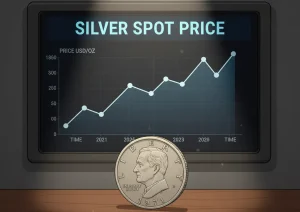What Are Mint Marks and Their Role in Numismatics
The Hidden Identity of Coins: What Mint Marks Reveal
Have you ever flipped a coin and noticed a tiny letter or symbol tucked near the edge? That seemingly inconspicuous mark is called a mint mark, and in the world of numismatics, it’s a game-changer. Think of it as the “birthplace” of your coin—an identifier of which minting facility produced it.
Coins aren’t just cold metal; they’re storytellers. A small “D” on a U.S. coin? That’s Denver’s handiwork. An “S”? San Francisco crafted that beauty. These marks were born out of necessity to track quality and production numbers, but they’ve grown into vital clues for collectors.
- Mint marks show origin: From bustling buildings in Philadelphia to mints worldwide, these symbols carry a rich legacy.
- They reveal rarity: Some mints operated only briefly, making coins with their mark highly sought-after treasures.
Why Mint Marks Matter to Collectors
Mint marks transform ordinary coins into windows into history. Imagine holding two identical coins, except one has an “O” for New Orleans, while the other bears no mark at all. Suddenly, their stories diverge—one is common, the other rare. For collectors, mint marks are the heartbeat of their passion.
Historical Background of Mint Marks
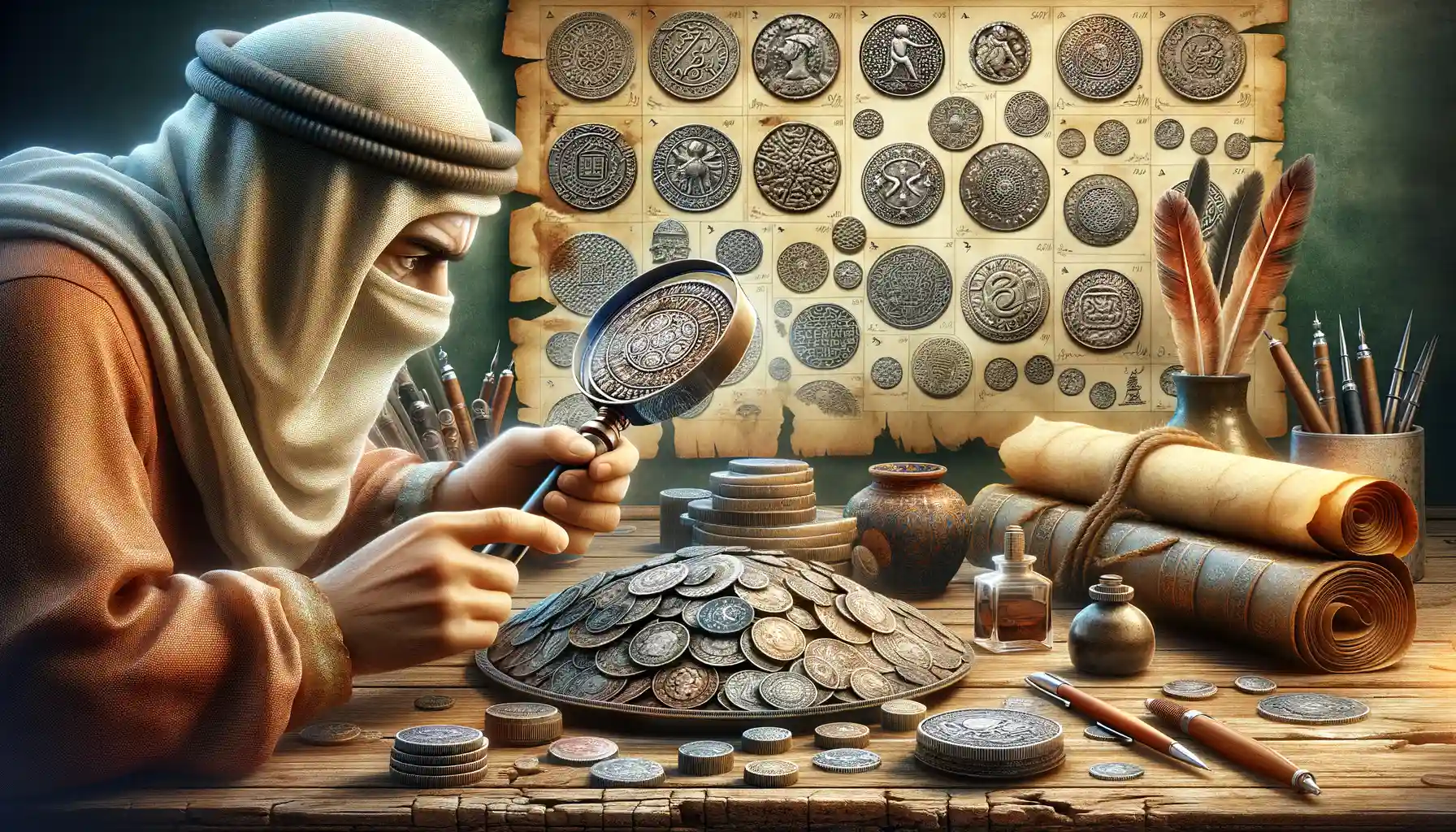
The Birth of Mint Marks: A Journey Through Time
Imagine standing in ancient Rome, a coin freshly minted in your palm. How would you know its origin? Enter the ingenious solution: mint marks. These tiny symbols or letters, stamped into coins, were born out of necessity and have been whispering stories of history ever since.
As civilizations flourished, so did commerce—and fraud. In the Byzantine Empire, mint marks became a safeguard, helping governments trace their coins back to specific mints. The Romans, for example, used letters like “SM” (Sacra Moneta) to distinguish imperial mints. Fast forward to medieval Europe, and you’d often find ornate town symbols marking coins, such as a lion for Venice or a cross for London.
- Ancient Rome: Mint marks like “SPQR” linked coins to the Republic.
- 16th-century Spain: Seville coins bore an “S,” while Segovia coins displayed an aqueduct.
- Modern USA: The iconic “D” or “S” reveals Denver or San Francisco origins.
For centuries, these unassuming details served as both quality control and a badge of national pride. Beyond practicality, they carry whispers of political ambition, economic shifts, and even wartime struggles. They’re not just marks—they’re history, pressed into metal.
How Mint Marks Affect Coin Value
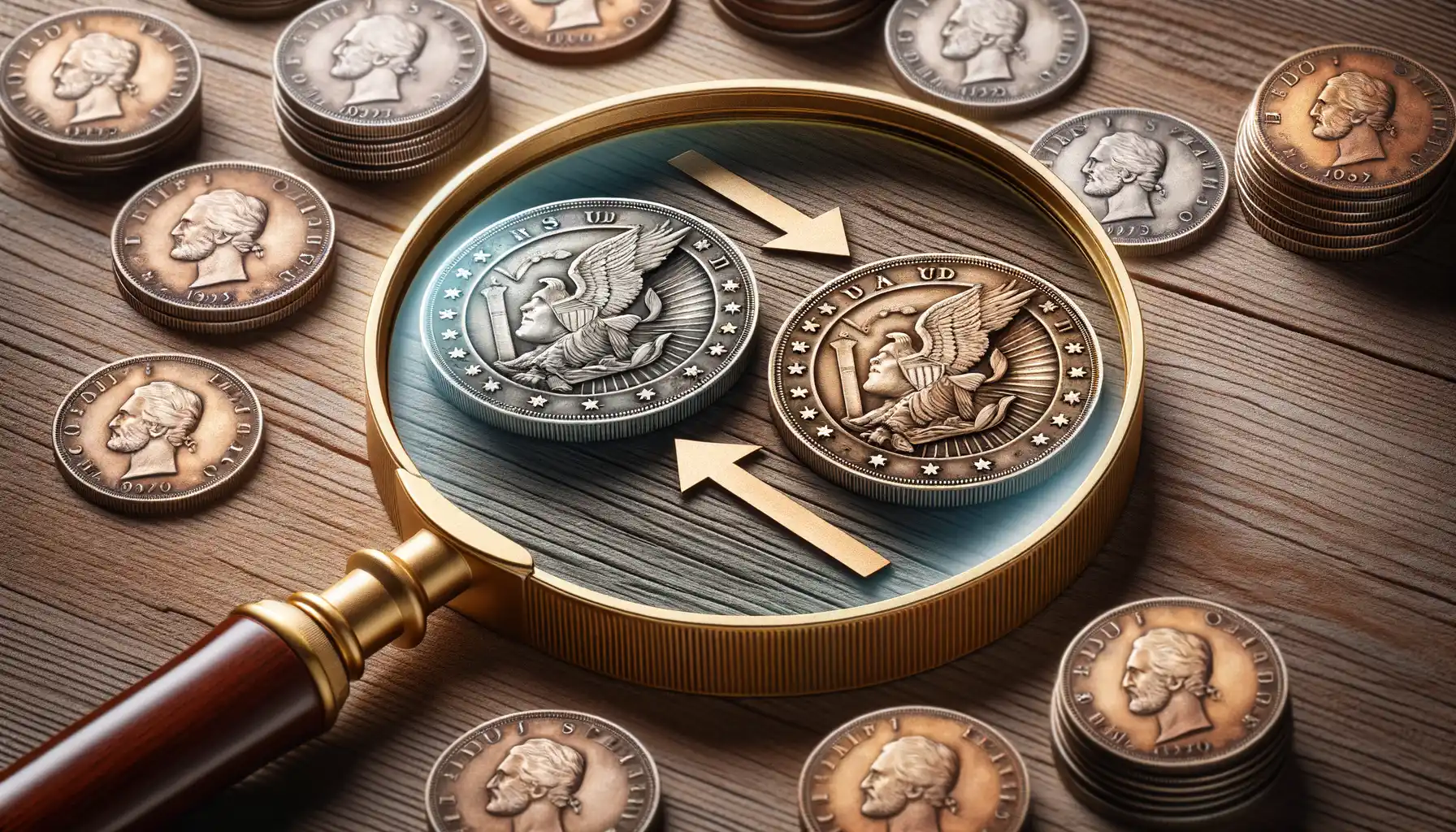
The Hidden Power of Mint Marks
Have you ever held a coin in your hand and wondered what makes it special? Beyond its metallic gleam lies a tiny detail with big significance: the mint mark. This unassuming letter or symbol can be the difference between a common coin and a treasure worth thousands.
Mint marks tell the story of a coin’s origin. For instance, a 1909 Lincoln penny minted in San Francisco (stamped with an “S”) could be worth hundreds, while one from Philadelphia without a mint mark might only fetch a couple of dollars. Why? It all comes down to rarity. Some mint locations produced far fewer coins than others, making their coins more sought-after by collectors.
Why Collectors Chase Rare Mint Marks
Certain mint marks elevate a coin’s status, turning it into a coveted gem. Here’s why:
- Coins from closed mints—like the Carson City Mint (“CC”)—are inherently rare.
- Error coins with unusual mint mark placements can skyrocket in value.
- Specific combinations of year and mint mark create priceless pieces, such as the 1916-D Mercury dime.
The next time you examine a coin, think of it as a puzzle piece. That little mint mark might just unlock its incredible backstory—and its true value!
Identifying Mint Marks on Coins Around the World
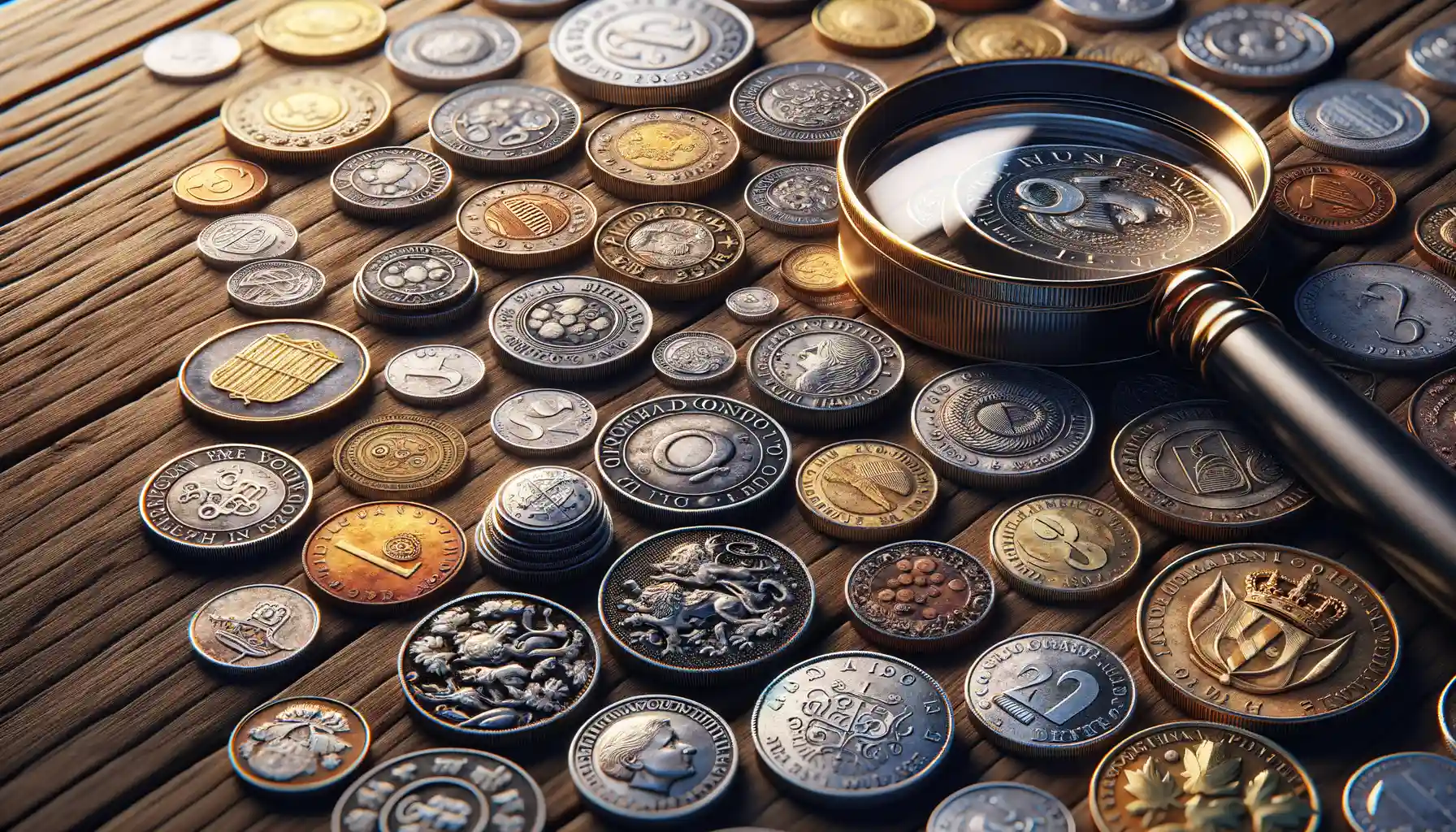
Where to Spot Mint Marks: A Treasure Hunter’s Guide
Do you know that finding a mint mark on a coin can feel like solving a puzzle, unlocking a piece of history in your palm? Each country places its mint marks in unique spots, and the thrill is in knowing where to look.
In the U.S., for example, you’ll often find mint marks gracefully tucked near the date—like a whispered secret on coins from the Denver or Philadelphia Mints. When it comes to older American coins, they might hide their mark on the reverse side, near eagles or wreaths.
European coins? They love to mix it up. French coins usually flaunt their mint marks boldly beneath Marianne’s portrait, while German coins use a single letter system etched near the rim. And let’s marvel at India—its coins display a tiny artistic flourish beneath the denomination number, with symbols like a diamond or star indicating their origin.
- Japan: Mint marks can be kanji characters, blending beauty with functionality.
- South Africa: Look for subtle letters around the edges, indicating mints like Pretoria.
The charm lies in the chase. Once you spot a mint mark, it’s like hearing a coin whisper its life story to you.
Preservation and Collecting Tips for Coins with Mint Marks
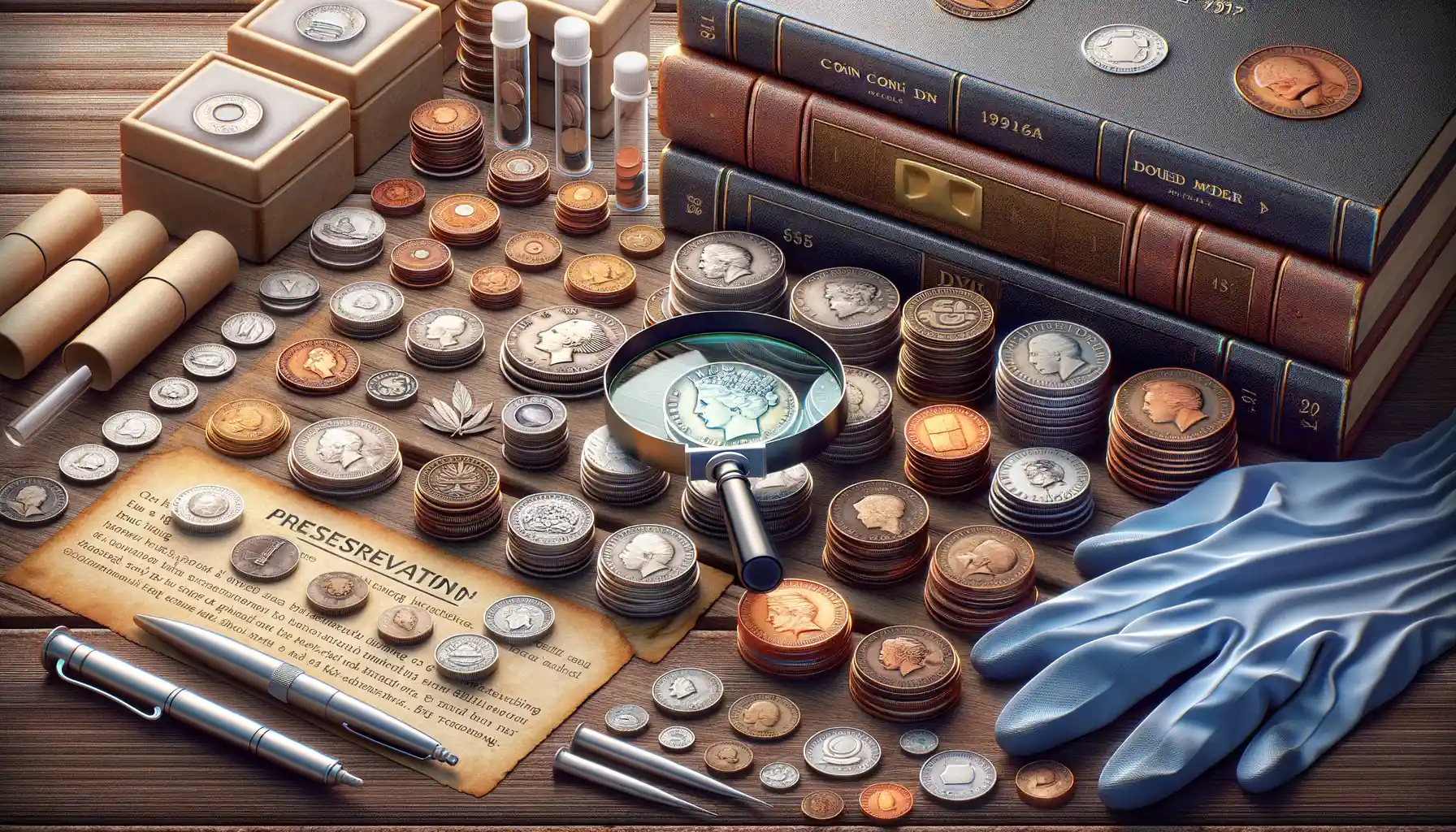
Protect Your Treasures: Storing Coins with Mint Marks
Imagine holding a little piece of history in your hand—a coin bearing a tiny, distinct mint mark, linking it to a specific moment and place. Preserving these treasures properly ensures their shine and story last for generations.
First and foremost, moisture is the enemy—think of it as kryptonite for your coins. Store them in a cool, dry spot, away from sunlight. A proper coin album or airtight holder isn’t just a storage solution; it’s a suit of armor for your collection!
Here are some quick tips for safe storage:
- Wear cotton gloves when handling coins to avoid leaving fingerprints.
- Never clean coins with household cleaners—they can strip away the natural patina that adds value.
- Use silica gel packets in storage containers to combat humidity like a pro.
Offsetting Wear and Tear in Your Collection
Did you know even stacking coins can lead to scratches? Treat your collection like gold by displaying coins in individual holders. Coin flips or capsules protect those precious mint marks from the unkind touch of time.
When collecting, focus on quality over quantity. A single well-preserved coin with a rare mint mark often holds more allure than dozens of worn pieces. After all, each piece tells a story that deserves to be cherished—down to the last detail.

